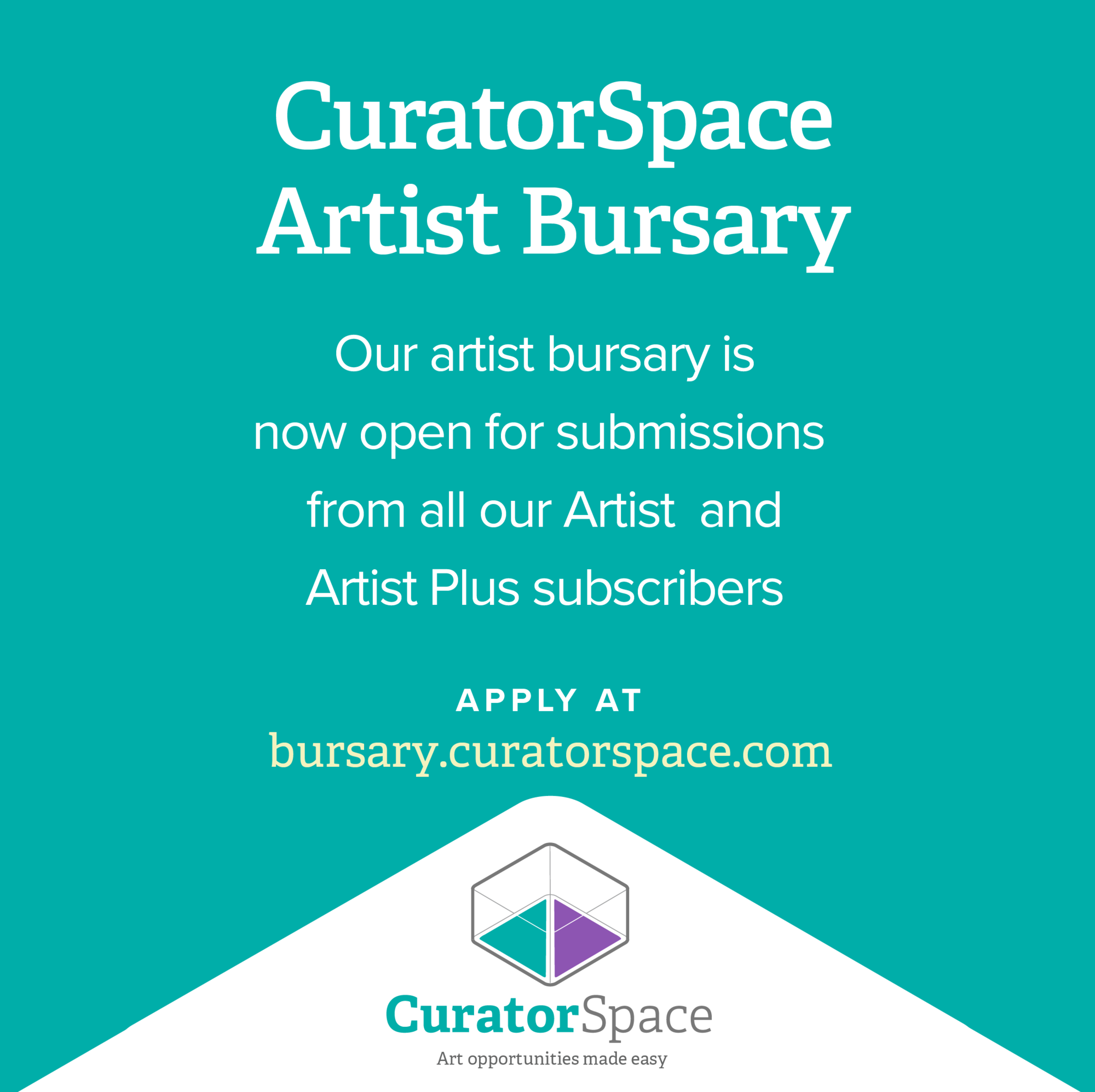Visual Representations of Multilingualism Competition
CuratorSpace has been working in partnership with BAAL (British Association for Applied Linguistics), Multilingual Matters, and the AILA Research Network for Creative Inquiry and Applied Linguistics, to deliver their new competition, Visual Representations of Multilingualism. The competition aims to provide a creative opportunity to explore new ways of representing multilingualism through visual means and to stimulate debate and raise awareness about innovative ways of thinking about multilingualism. Dr Jessica Bradley explains further.

"What does multilingualism look like? We can perhaps understand what it sounds like. But what do we picture when we think about multilingualism? And what role might artists have in visualising what it means to be multilingual and to live in a multilingual world?
The Visual Representations of Multilingualism Competition arose as part of what is considered by many to be a creative turn in Applied Linguistics. Researchers from across multiple areas of languages and linguistics have historically looked at the role of the arts in language and communication. And many aspects of the arts are concerned with communication. So, how can Applied Linguistics researchers and artists work together to think about new ways of visualising everyday communication in everyday life?
For this competition we are looking for artists to submit pieces of work which respond to the idea of ‘multilingualism’. This might be – but doesn’t have to be – work produced in collaboration with Applied Linguists.
We hope that the images that are submitted will stimulate debate about the role of multilingualism in everyday life. We are seeking creative works which go beyond what might be considered ‘traditional’ images of multilingualism, for example those which show different languages side by side. Our aims build on recent ideas in Applied Linguistics about multilingualism which see language use as dynamic and creative. This means that often people communicate without regard to the named language they might be using at any given time. This is sometimes called translanguaging and is considered by many to be normal, everyday practice.
Penelope Gardner Chloros (Birkbeck) makes the following points about multilingualism and art. These might help you consider the kinds of work you might submit.
1. Artists often use different languages creatively as a resource within their work.
2. Artists sometimes represent the idea of multilingualism, perhaps as a characteristic or as something symbolic.
3. Multilingualism might be used as a political statement in artists’ work, for example using languages which are marginalised.
4. Multilingualism might be a new part of an artist’s own life and this might affect their practice in a certain way, or potentially be something they want to explore through their work.
5. The effects of multilingualism on creativity and cognition might have specific effects on artistic practice. (Gardner-Chloros, 2014:95)
The competition is for artists and designers who are working across a range of practices. Examples of suitable work could include the use of script in art or the presentation of text in the street. It could also be more conceptual, building on ideas around artistic practice as dynamic, interdisciplinary and multimedia.
We welcome collaborations between artists and applied linguists and we also welcome submissions from students of all levels."
For more information, and to apply, go to: https://www.curatorspace.com/opportunities/detail/competition-for-visual-representations-of-multilingualism/2687
Get the latest CuratorSpace news, updates about new opportunities, upcoming deadlines, and art-related promotions.
CuratorSpace isn't another listings website; it's a place where curators and organisers can use custom online forms to allow artists to apply to their opportunity. It also allows you to see and manage all submissions made to your opportunity on the website, and to contact contributors directly.
Register now and you can start making submissions and even create your first opportunity for free.

